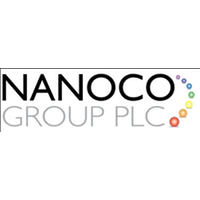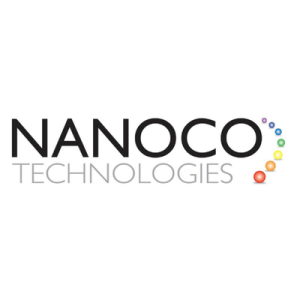Light-emitting diodes (LEDs) containing semiconducting nanocrystals called quantum dots are ideal for applications such as large-panel displays and solar cells thanks to their high efficiency and colour purity. To date, the chief drawback of these quantum-dot LEDs has been their toxicity, since most contain cadmium or other heavy metals. Now, however, a team of researchers at Samsung in South Korea has engineered cadmium-free light emitters with an efficiency, brightness and lifetime comparable to those of their environmentally unfriendly predecessors.
Quantum dots (QDs) emit light via a process known as radiative recombination. When an electron in the valence energy band within the QD absorbs a photon and moves to the conduction band, it leaves behind an electron vacancy, or hole. The excited electron and hole then recombine, releasing a photon.
Nanoco Group PLC (LON:NANO) leads the world in the research, development and large-scale manufacture of heavy metal-free nanomaterials for use in displays, lighting, vertical farming, solar energy and bio-imaging.


